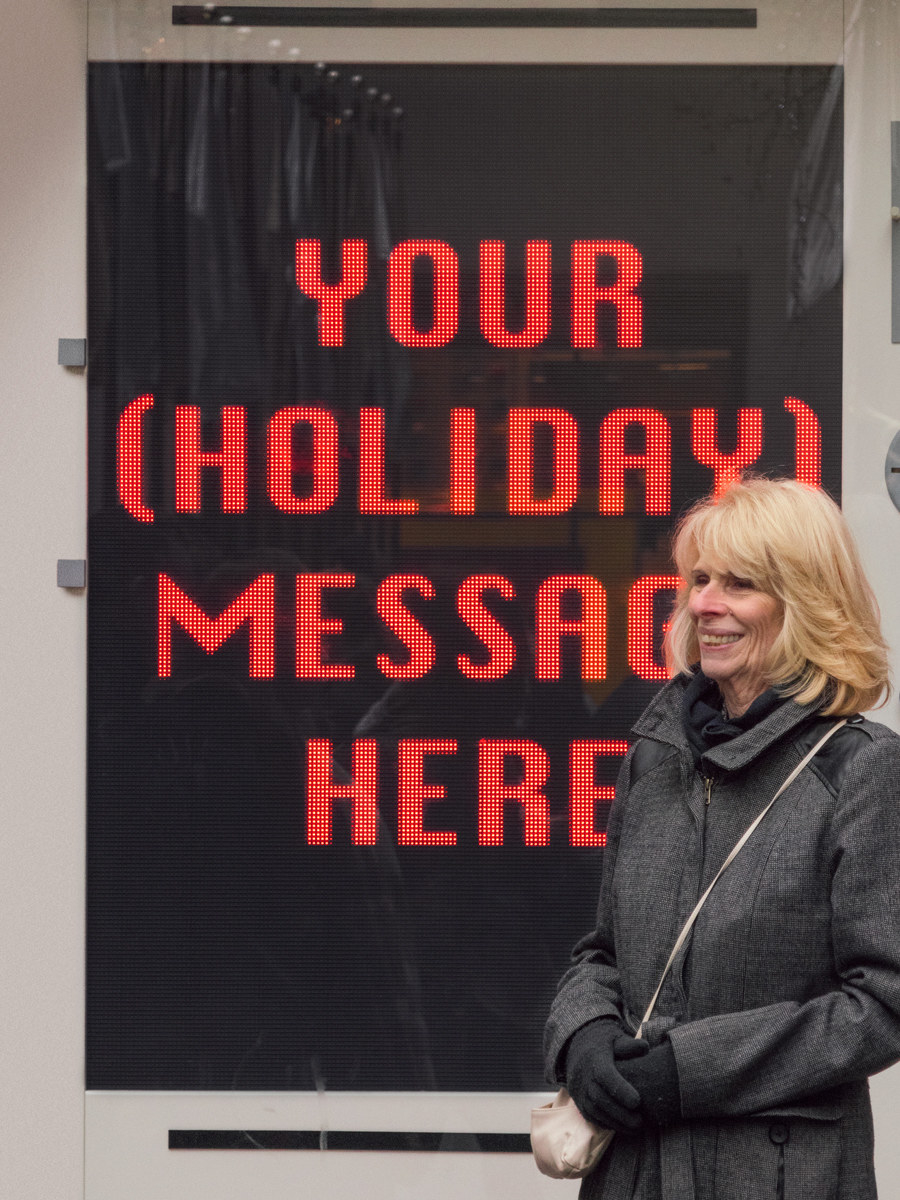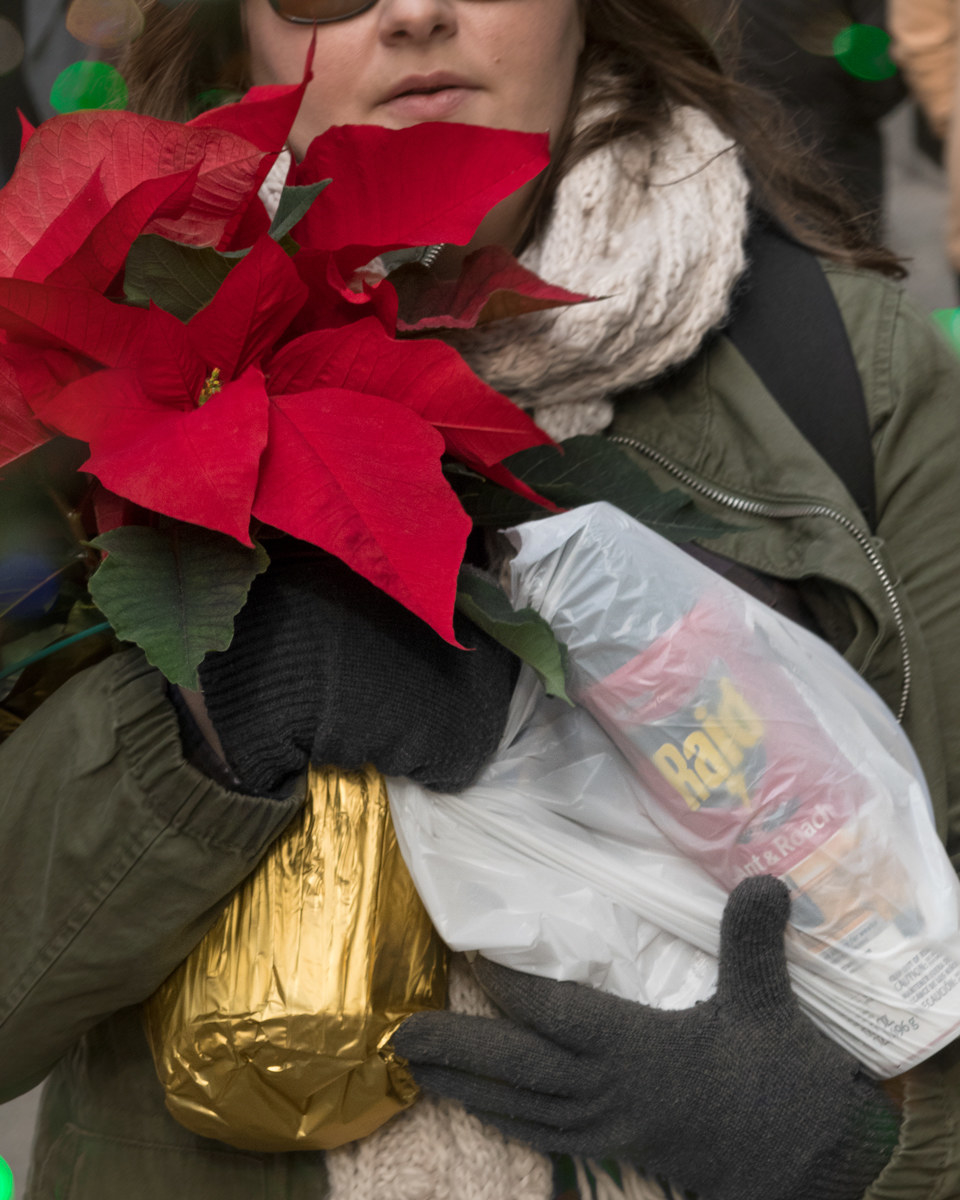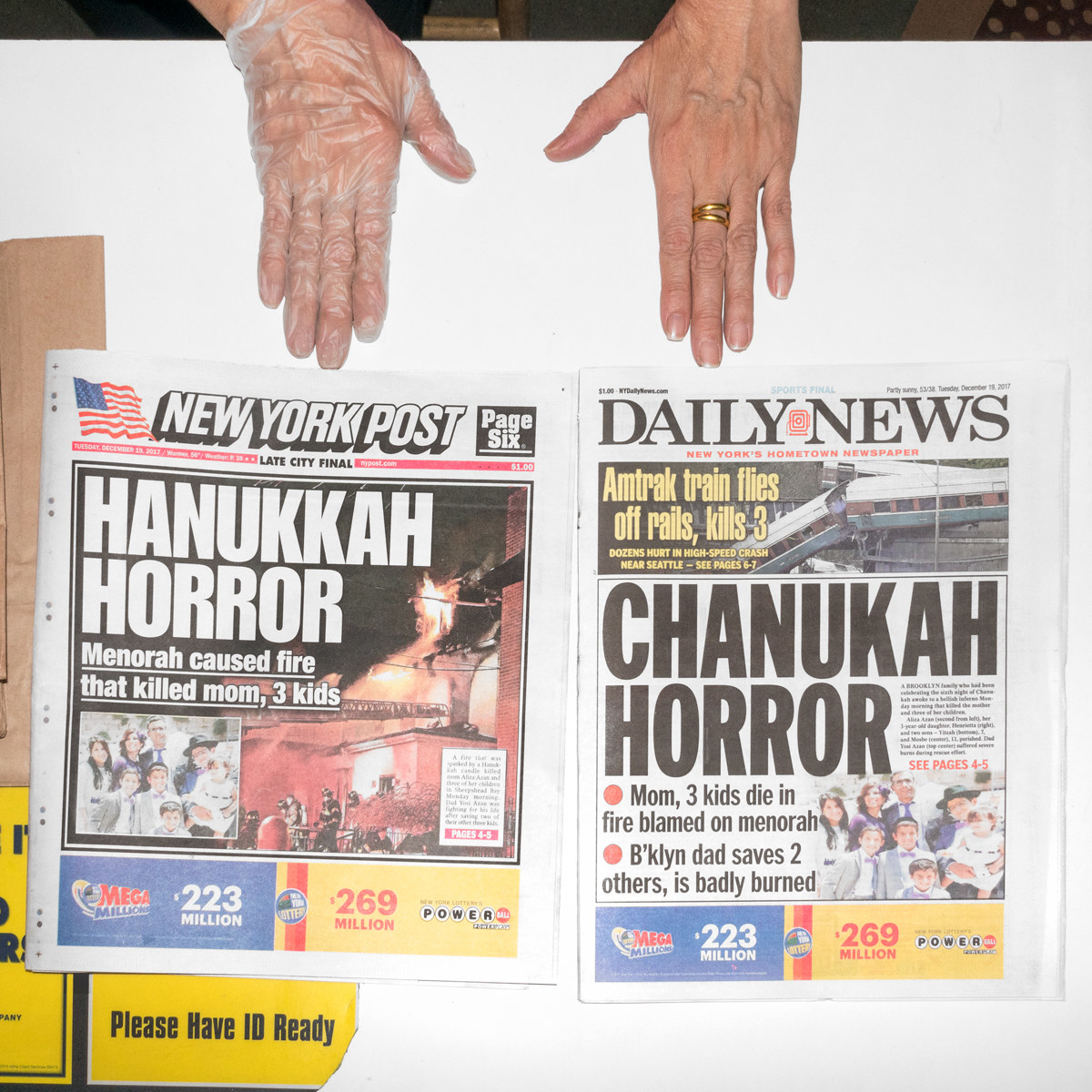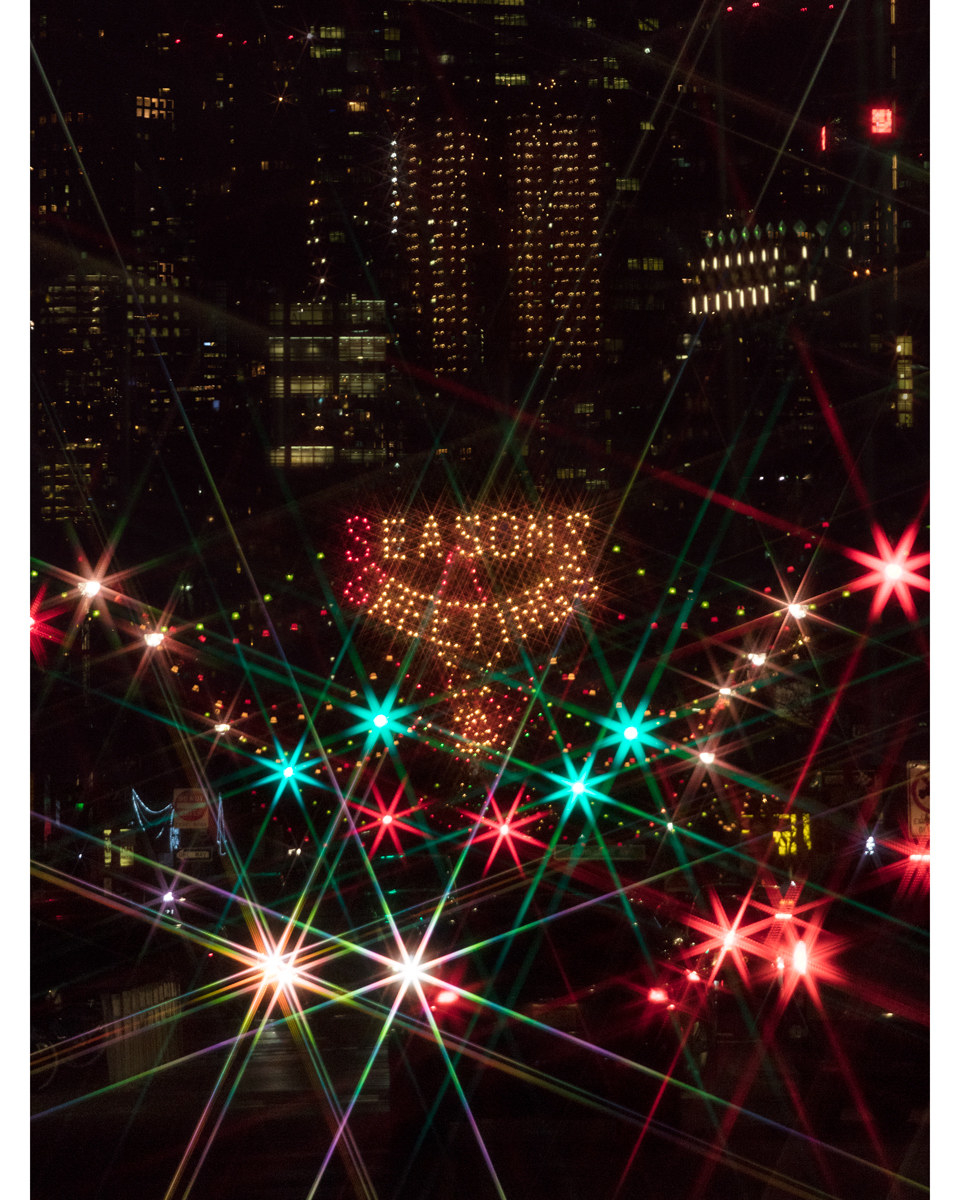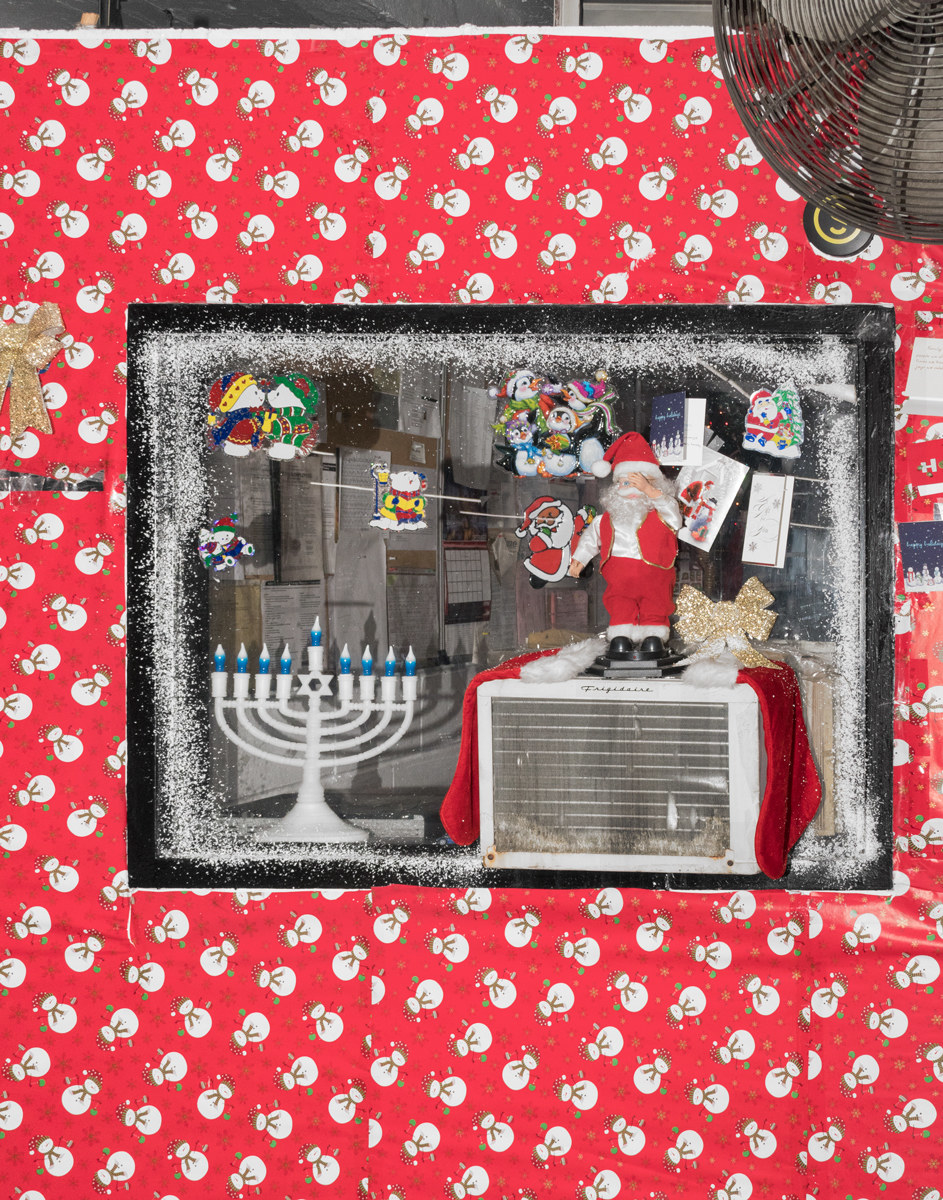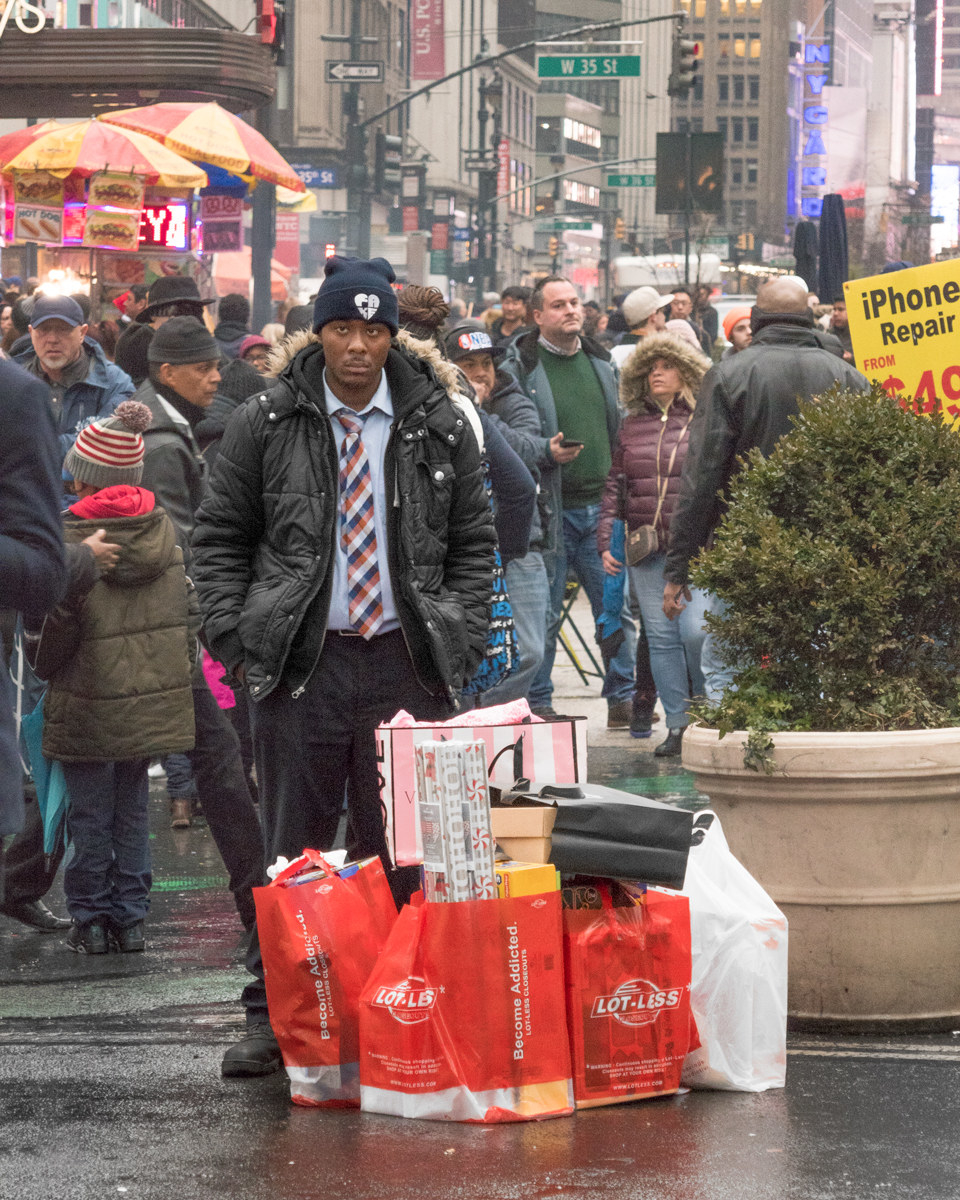7 Tips for Photographing Senior Citizens

You've probably seen all the articles on tips for photographing kids and teens. They're popular lens candy due to their smooth skin and expressive faces. But, senior citizens bring a totally different character to the lens that shouldn't be dismissed.
Kids tend to live in a state of wonder where seniors live in a state of wisdom. Life experience has given them that right. As a photographer, it's an ideal opportunity to capture that wisdom in their expressions, their wrinkles, and in their energy. Whether posed or candid, pulling those decades of experiences to the surface and through the lens is an art in and of itself.
In honor of the elderly generation, I'm providing 7 tips for photographing them.
In most cases, those who are elderly now have images of themselves as children that are black and white or sepia tone. They've either chosen to adapt to technology or they haven't. But, since you're the photographer, it's up to you to break down that barrier of potential fear of technology and make them forget there's even a lens.
Posed vs Casual Shots

Part of capturing seniors is tapping into their character. The best way to do this is through candid shots. Candid photos are always more natural and often more expressive. However, as seniors, they've probably had their photo taken hundreds or more times over the years, so it may feel quite natural to them to pose and still give you a great facial expression or gesture. Usually when someone sees a lens, they become camera shy or self-conscious. But with the wisdom of seniors comes an air of confidence.
If you do have a somewhat shy subject, and even if they're not, engage them in a conversation about their childhood. There's often no better way to brighten the face and eyes of an elderly person than to ask them about their childhood. While they're talking, you will be guaranteed the chance the capture some great expressions.
Bring in the Family
The blend of old and young is intriguing. If the people you're photographing have grandchildren, see if you can involve them in an activity together. This should open up the lens of opportunity to some great candid shots. You can certainly have them pose for more formal portraits as well. If you can get a multi-generational shot, that will be one for their records and photo albums.

Photograph Them In Action
The elderly these days are still extremely active and youthful. Go to a park or a coffee shop or an outside mall and observe them in action. You may be surprised by what you see, and could end up with some good street photography that involves seniors. There are senior leagues for different sports that would be worth stopping by. Or even better, many of the umpires for little leagues are retirees who do it because they love the sport and being around kids. The photo below is a great example.

No matter what portraits you shoot, it's always a good idea to avoid using a flash. For one thing, a flash is a big distraction to the subject. It can jar them and almost always ends up ruining the moment.
Studio lights are a good second option to natural light, since they are a constant light source. And soft, diffused lighting is a nice touch for the glowing skin of old people. Occasionally, a strong side light (natural or studio) and high contrast is effective for bringing out the details in their faces. Take your time to experiment with side-lighting, especially that of a window, and edge lighting to add drama to your images and details, even in the wrinkles!

Fill The Frame
Filling the frame is also an effective way to shoot portraits. By being up close and personal, you can capture the fine details like facial expressions, wrinkles, the ruggedness of hands, the sparkle in their eyes, and the depth and wisdom conveyed.
Note that just because wrinkles and age marks can add character, play around and try using a soft focus filter to help you smooth out the harsh details. The women will especially appreciate this.
Shoot In Color and Black and White
Mix and match your images in both color and black and white (which you can do in post processing). Even though shooting in color is known to be effective for creating mood and communicating the emotions, black and white can add a timeless and simpler impression. Some color images can be too busy, so black and white works well at toning that down and allowing the subject to stand out more. You can play with contrast and even color adjustments in black and white mode to enhance certain aspects till you achieve your ideal image.
Add Image Effects
While you're in Photoshop Elements or Adobe Lightroom (or whichever program you use), try some of the built in features such as sepia tone, nostalgic retro or an old classic vintage look to add dimension. The purpose of these effects is to revive a sense of history that your subject comes from in the first place. Play around with the filters and adjustments until you get the look and feel that best compliments your subject’s expression and the mood of the image.
If you need seniors to photograph, go where they are... parks, senior centers, and even places like aquatic classes! Think outside the box and you'll be sure to have a nice collection of senior portraits.
------------------------------------------------------------------------------------------------------------------------------
PHOTOGRAPHY FREEBIE:
How to make money with your Photography even if you're not a Pro.
Copy & paste this link into your browser, click ENTER, and enjoy:
https://mrdarrylt.blogspot.com/2020/01/how-to-make-500-month-from-your.html
or
https://www.photography-jobs.net/?hop=darryl54
-----------------------------------------------------------------------------------------------------------------------------
Visit me on Facebook and post your pictures.
https://www.facebook.com/Darryl-T-363867387724297/
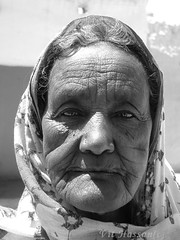

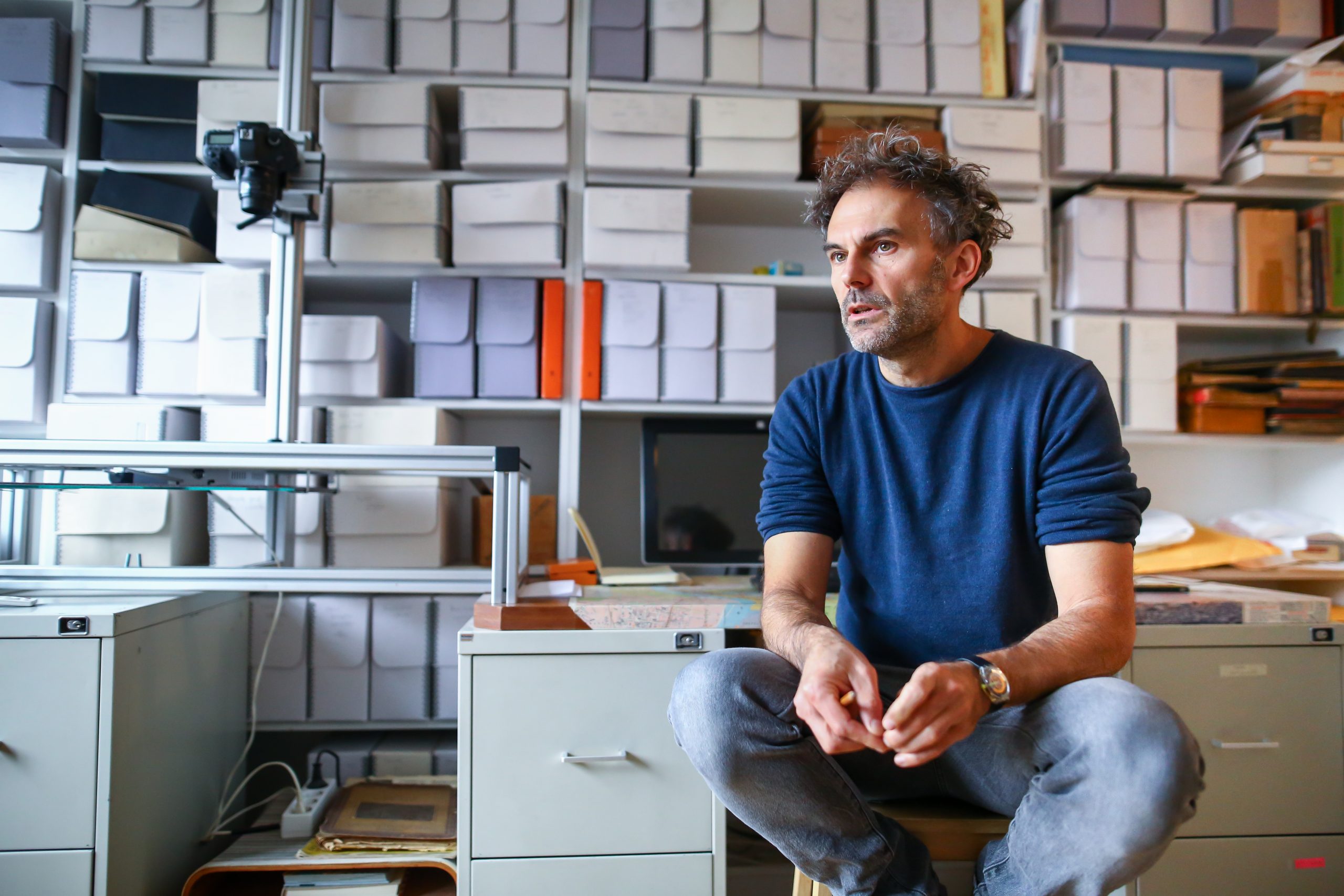

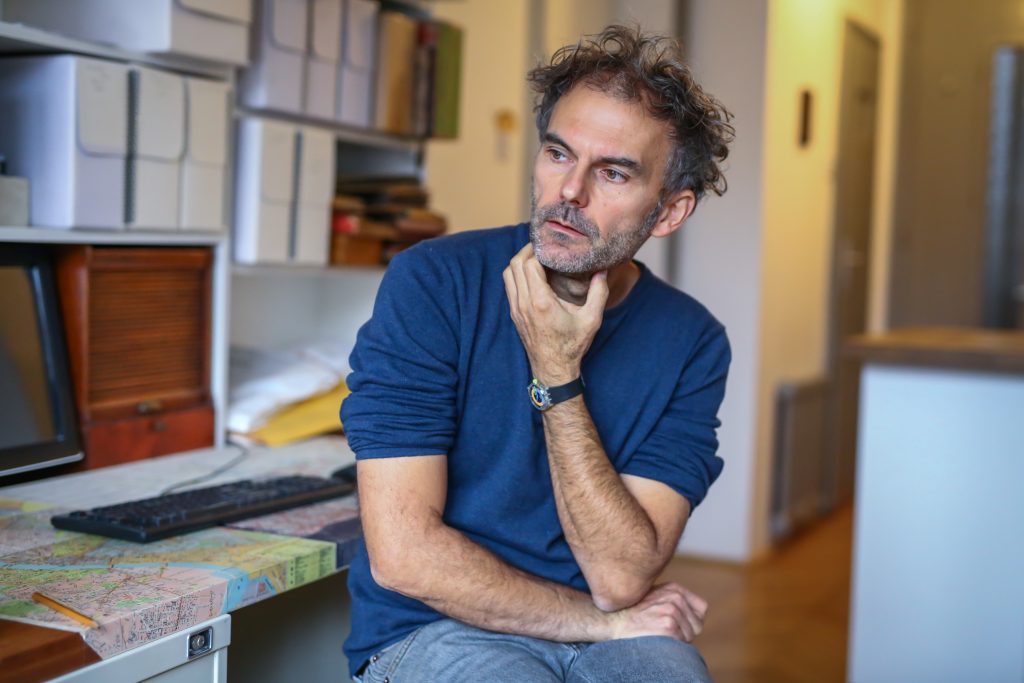
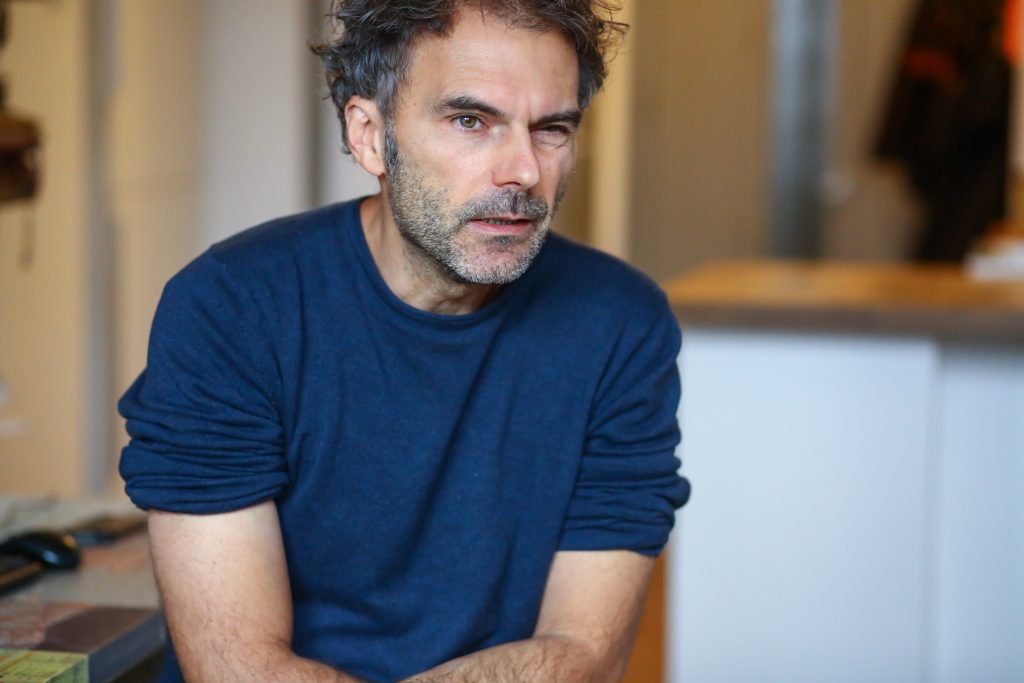
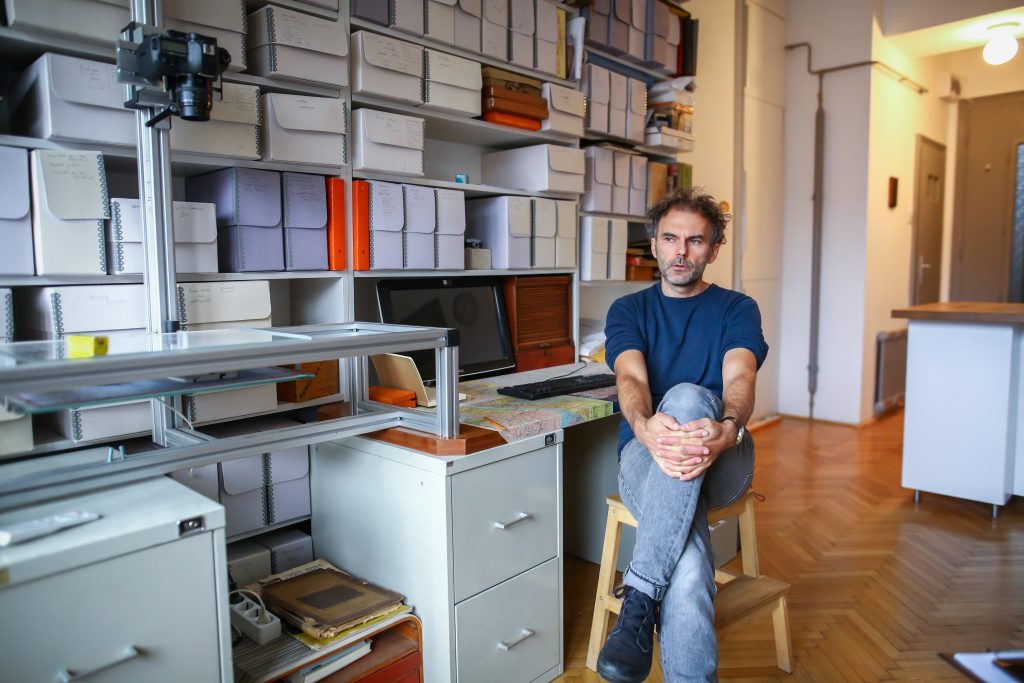

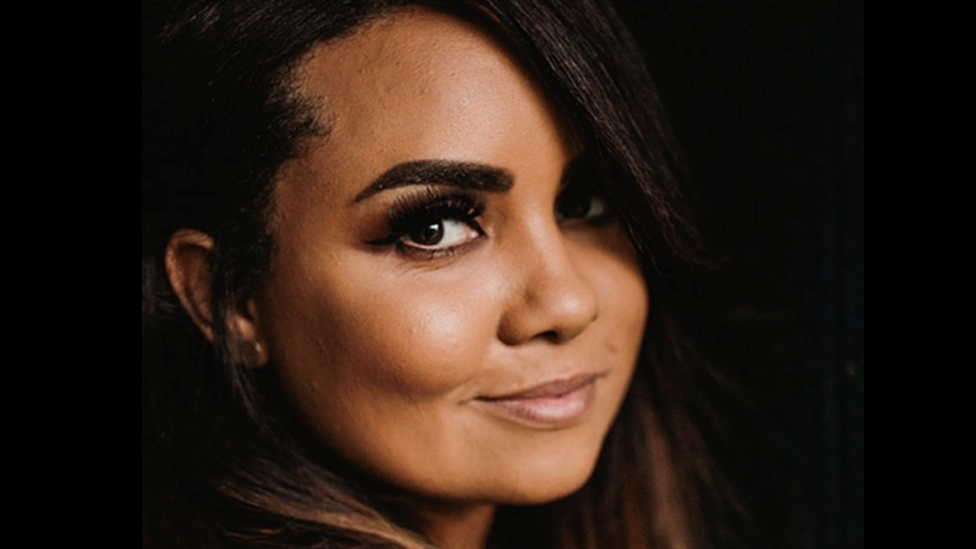
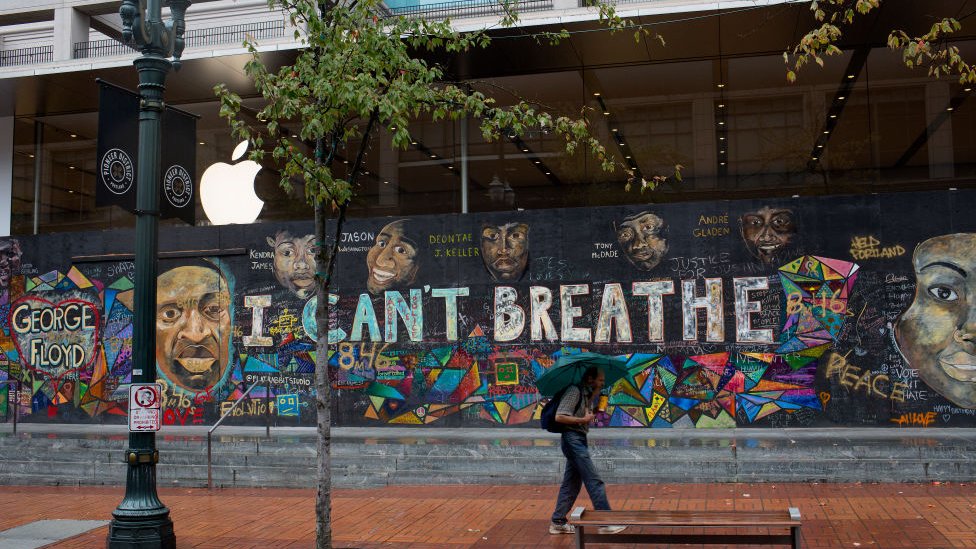
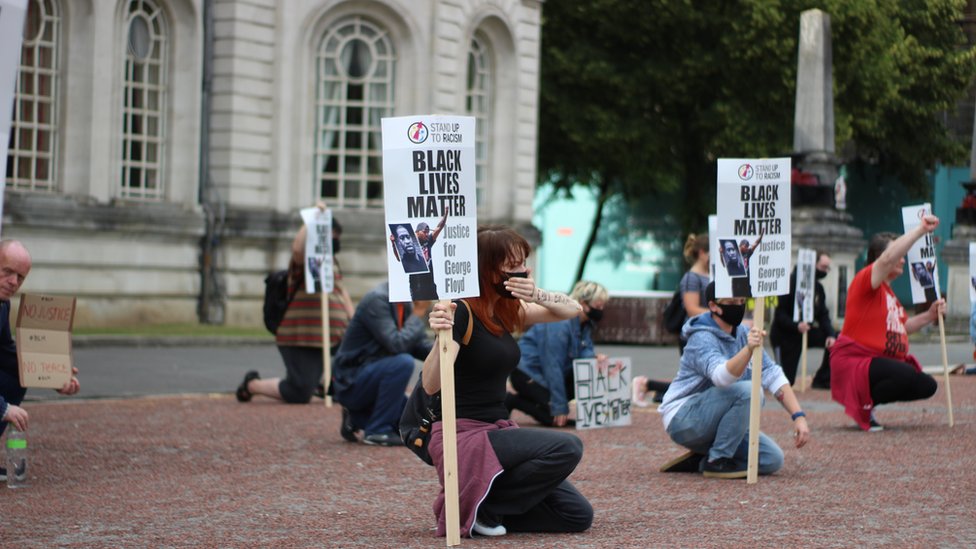
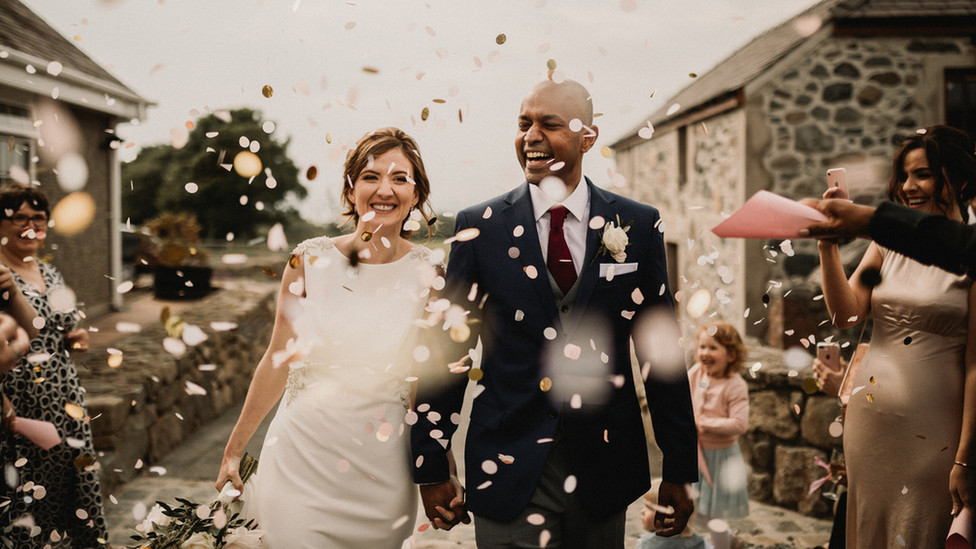
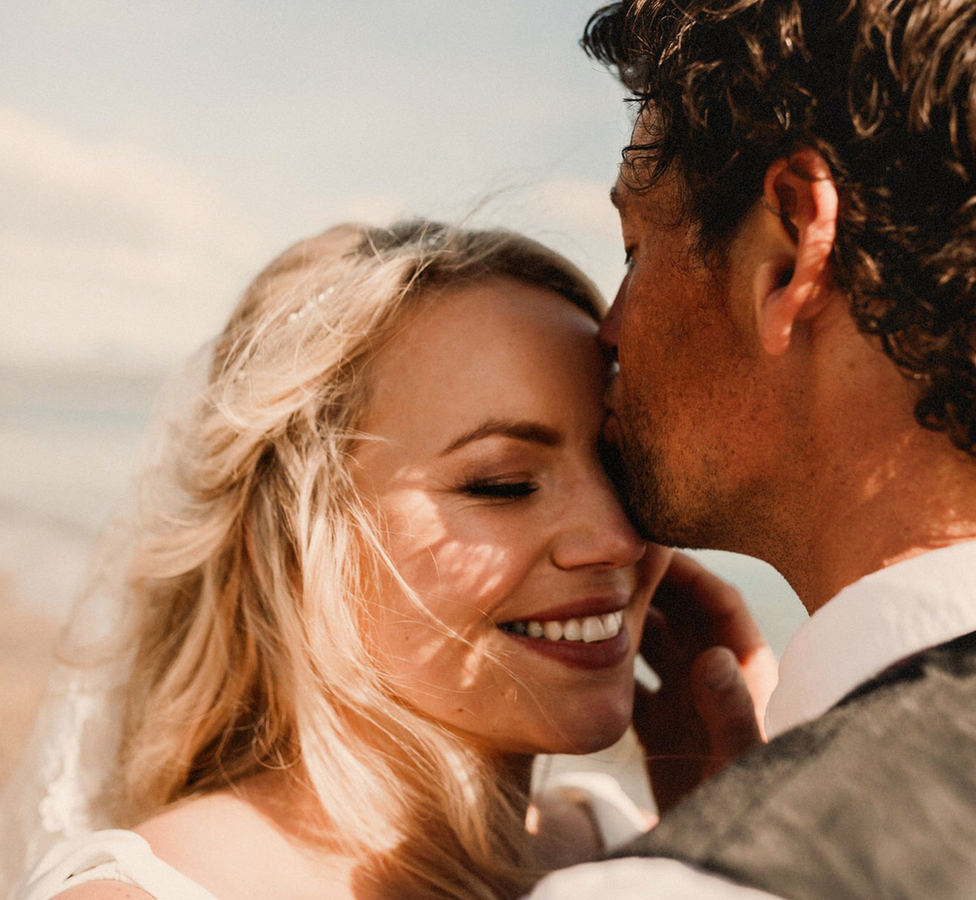
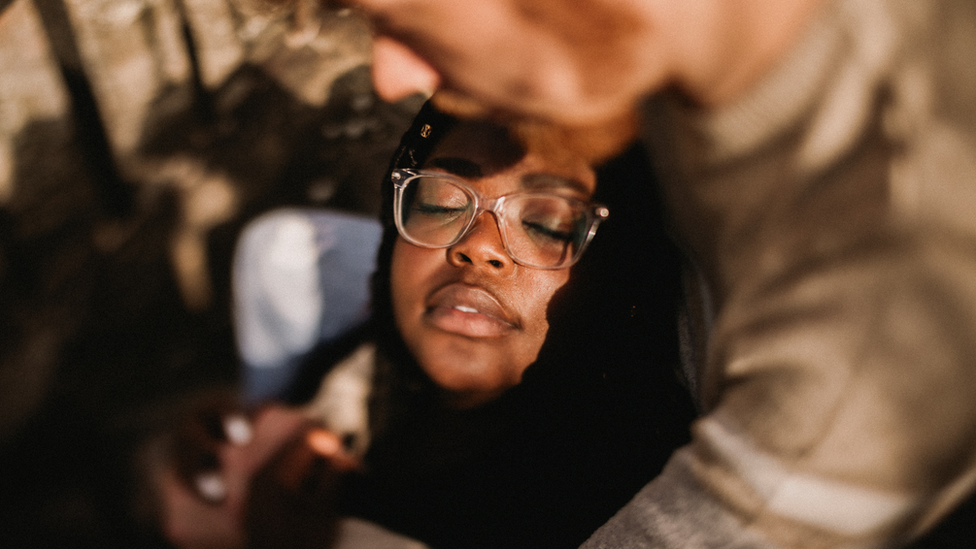
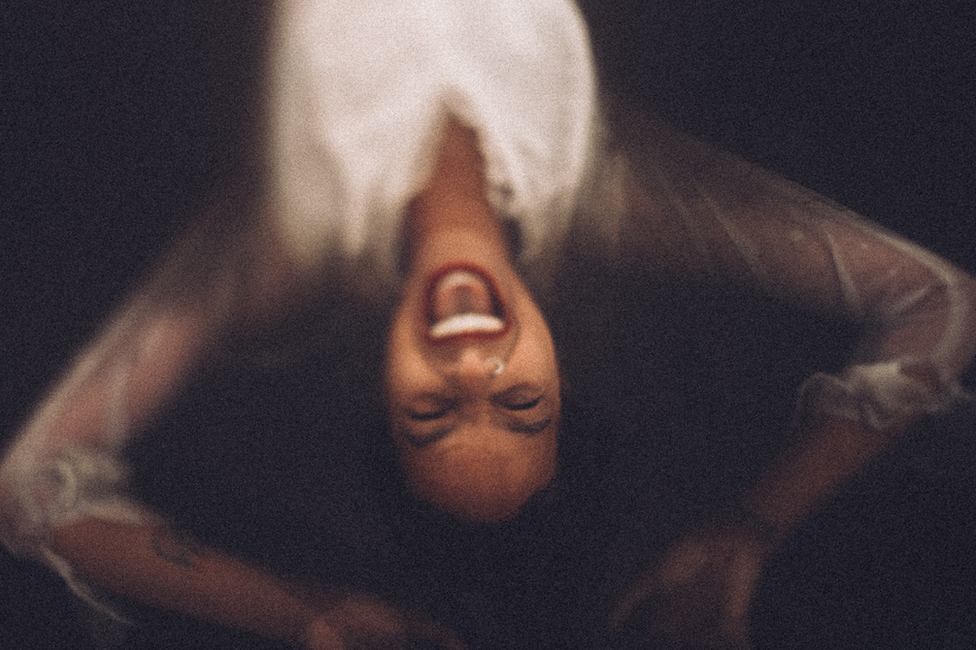
 by: Pia Peterson
by: Pia Peterson